GE Profile 27.7 cu. ft. French Door Refrigerator with Autofill in Fingerprint Resistant Stainless Steel, ENERGY STAR
Hands-free Autofill automatically fills any container. Drop-down tray provides extra storage when you need it. Resists fingerprints and smudges for a clean sleek appearance.
GE Profile products offer the best in contemporary design matched with the latest in appliance technologies to transform the way you live. Sporting a bold, dramatic look and state of the art features, this collection provides the perfect combination of style and innovation throughout your kitchen.
- Fingerprint resistant stainless – Easily wipe away smudges and fingerprints for a look that’s always sparkling clean
- Hands-free Autofill – Lets you walk away while the dispenser automatically fills any container with filtered water
- Full-width, electronic temperature-controlled drawer with LED lights – 3 accurate settings deliver the optimal temperature for your favorite foods
- Second icemaker option – Always have extra ice on hand with an optional second icemaker in the freezer (IM5D kit sold separately)
- TwinChill evaporators – Separate climates in the fresh food and freezer sections help keep foods fresh
- Advanced water filtration uses RPWFE replacement filter – Reduces trace pharmaceuticals from water and ice ( Removes 98% of ibuprofen, atenolol, fluoxetine, progesterone and trimethoprim. These pharmaceuticals are not necessarily in all users’ water)
- Showcase LED lighting – Positioned throughout the interior and under fresh food doors to spotlight foods inside the refrigerator and in the freezer
- Quick Space shelf – Functions as a normal full-sized shelf when needed and easily slides down for instant storage flexibility
- Drop-down tray – Allows for extra door storage when you need it and tucks away when you don’t
- Turbo Cool setting – Drops interior temperature to maintain freshness after frequent openings
- Approximate Dimensions (in.) – 69-7/8 in. H x 35-3/4 in. W x 36-1/4 in. D
- Limited 1-year entire appliance warranty
-
Additional information
| Depth (Excluding Handles) | 37.75 |
|---|---|
| Depth (Including Handles) | 36.25 |
| Depth (Less Door) | 29.38 |
| Depth With Door Open 90 Degrees (In) | 48.38 |
| Height to Top of Door Hinge (in.) | 69.88 |
| Height to Top of Refrigerator (in.) | 69 |
| Product Depth x Height x Width (in.) | 36.25 x 69.88 x 35.75 |
| Refrigerator Width (In.) | 35.75 |
| Certifications and Listings | ADA Compliant,Energy Star,UL Listed |
| Manufacturer Warranty | Limited 1-year entire appliance |

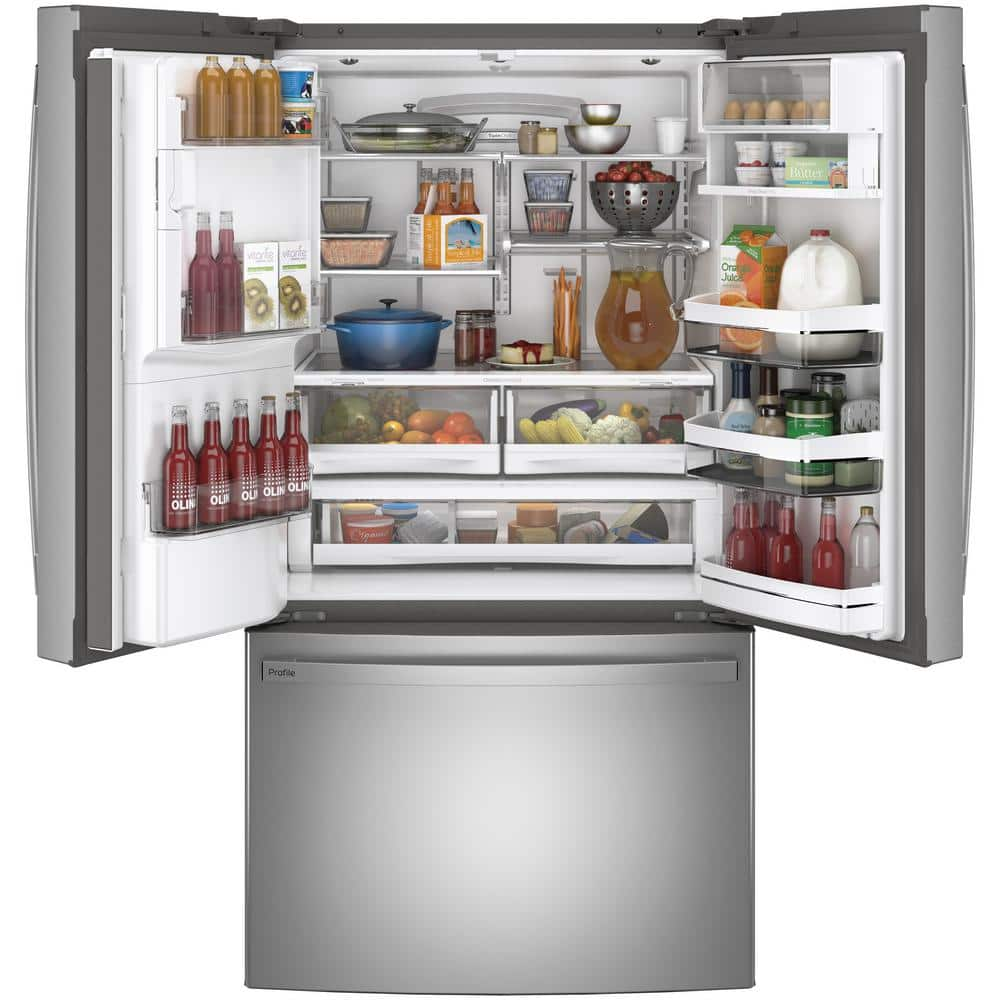
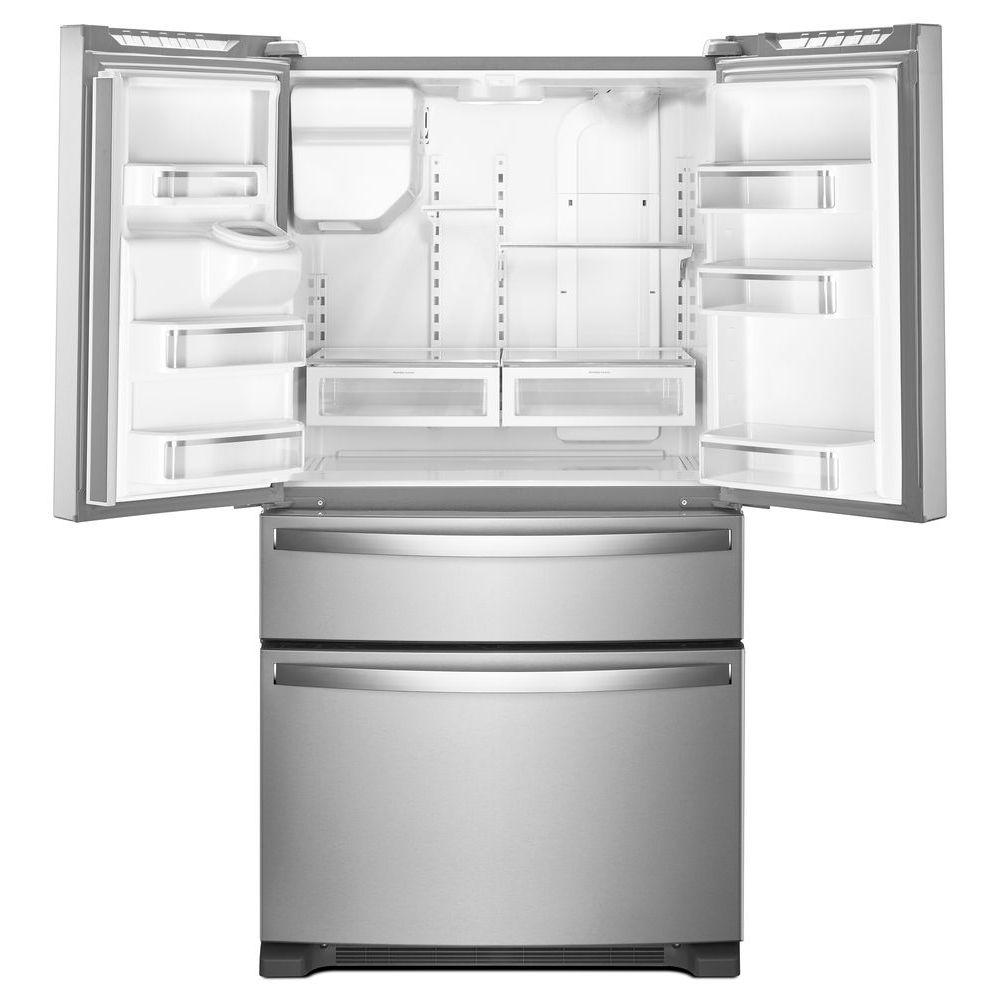
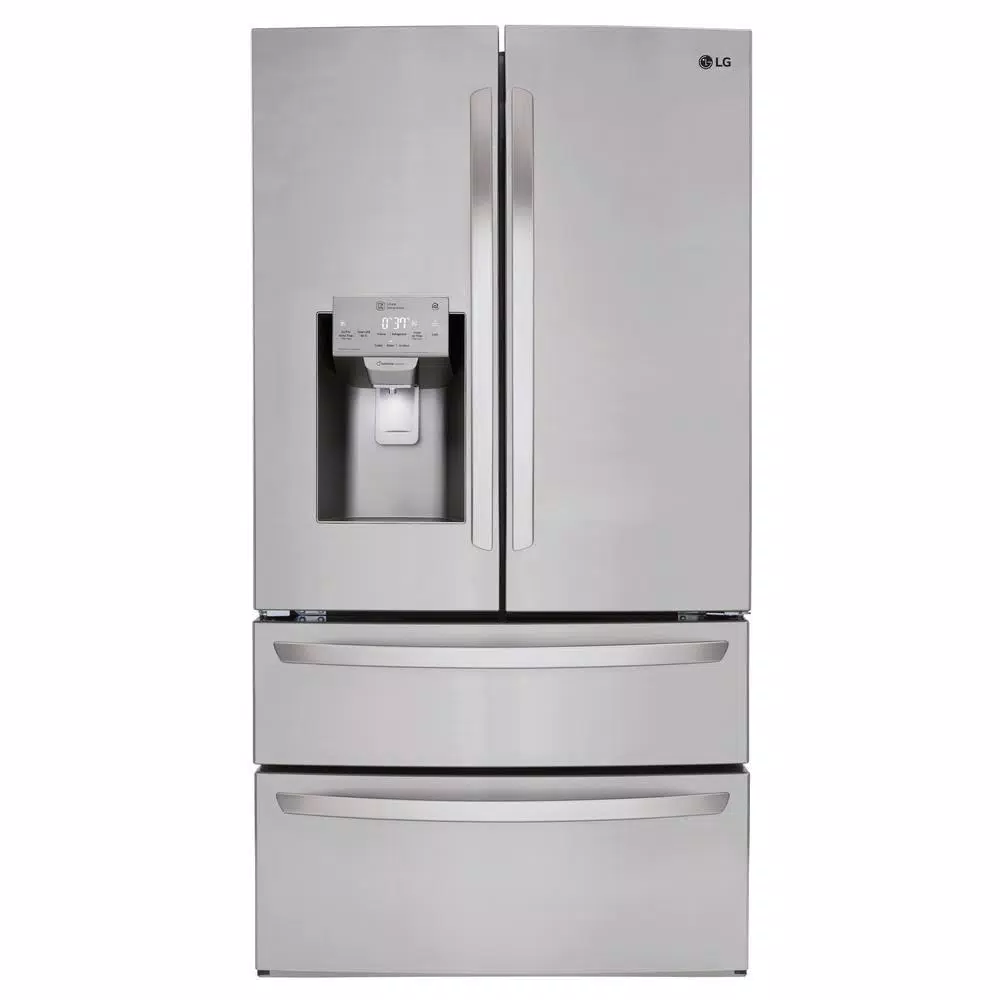
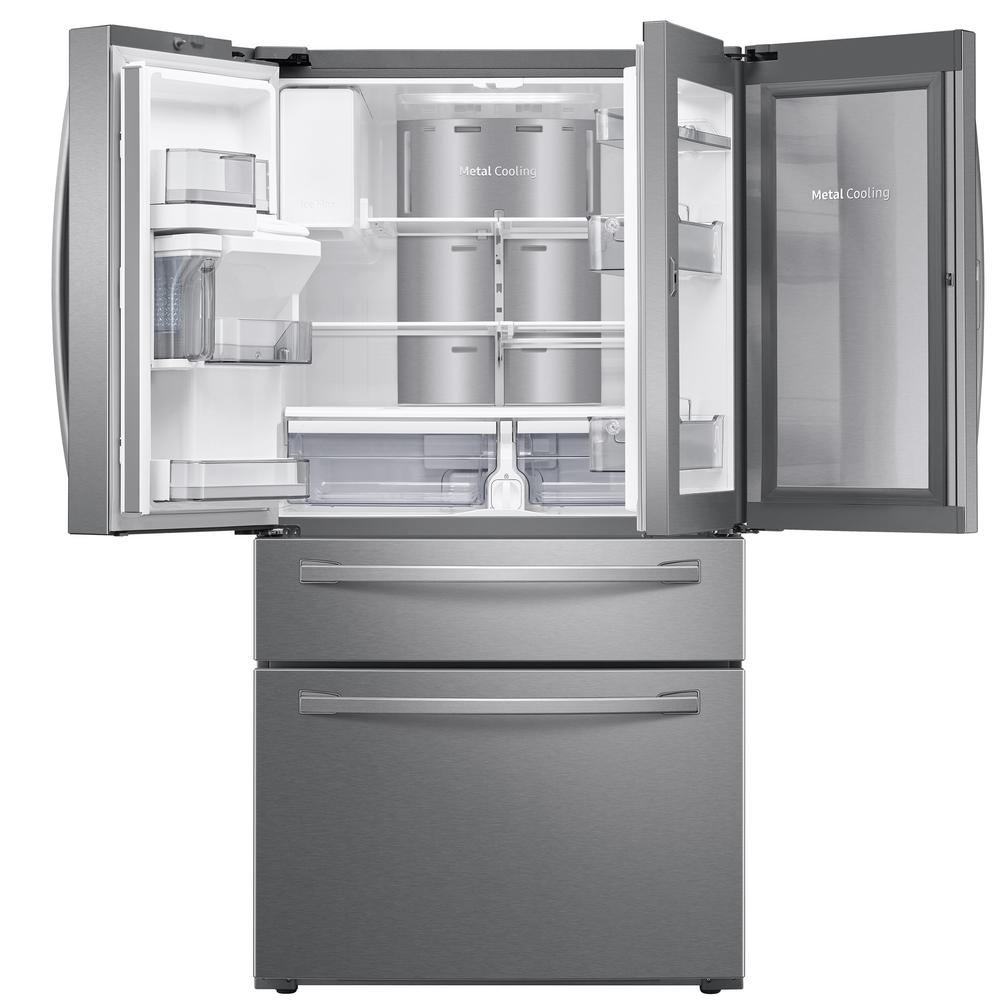
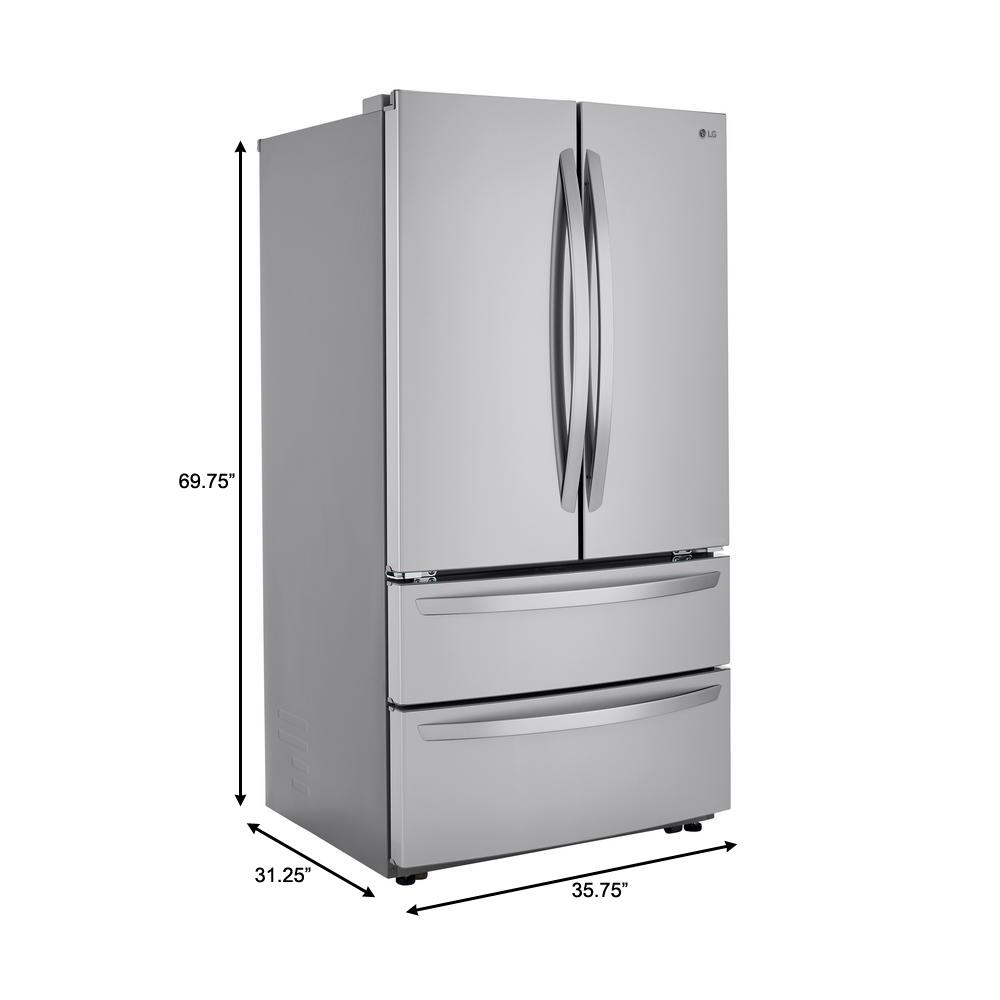
by Susan
We had a lot of trouble with our last fridge, many trouble calls. When we asked the repairman, what fridge has the lowest amount of service calls, etc. He said GE Profile.
by Matty
Autofill feature is nice to have, especially when filling pitchers and water bottles. I prefer the finish over stainless steel, but that’s everyone’s personal preference. Two things that need improvement are the one or two drops from filling water and better noise dampening.
by Thomas
I love the refrigerator, the space inside is amazing, I love all the shelves. My ONLY complaint is that when the plastic covering was torn off, small pieces of the plastic are stuck and we can’t get them off. it just looks junky.
by Sue
We love our new refrigerator. It is very spacious, you can fit a great deal into it and organize your food very easily. The freezer is very large as well and is organized nicely. We had a side by side for 15 years but will never go back, we love this refrigerator. I have to add the black stainless steel is beautiful.
by Renee
So far I am enjoying this refrigerator. It is replacing a 15 year old Samsung that is a similar size. I’m enjoying the water & ice dispenser being on the outside door instead of inside the refrigerator & freezer. It cool much better. My only complaints are I need to purchase a U connect plus to connect to WiFi & there were a few marks & leftover plastic when it was delivered. As a new refrigerator at this price, it should have no marks or plastic still lingering. Other than that, I’m satisfied with the refrigerator.
by Gnab
Beautiful refrigerator with plenty of space . Installed professionally.
by Marla
The fridge is very nice looking and roomy. One drawer on top left is very slim/short, so it requires a very specifically shaped item to fit into it. The water/ice dispenser requires more pressure than my last GE Profile to dispense either. It is a louder fridge overall, hums and when walking near it, can hear the shelves shaking. Otherwise, the styling and roominess of this is very good and it works well.